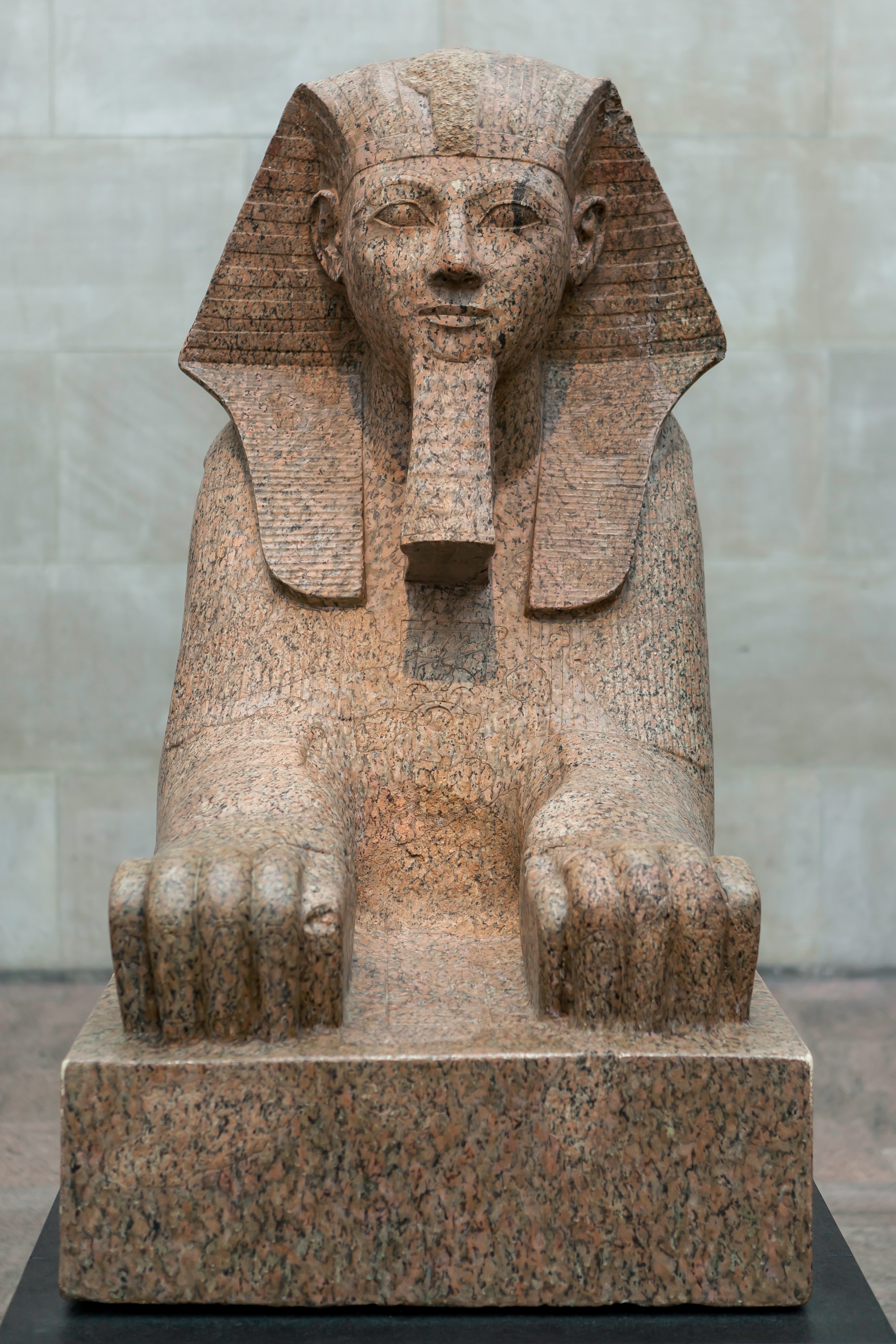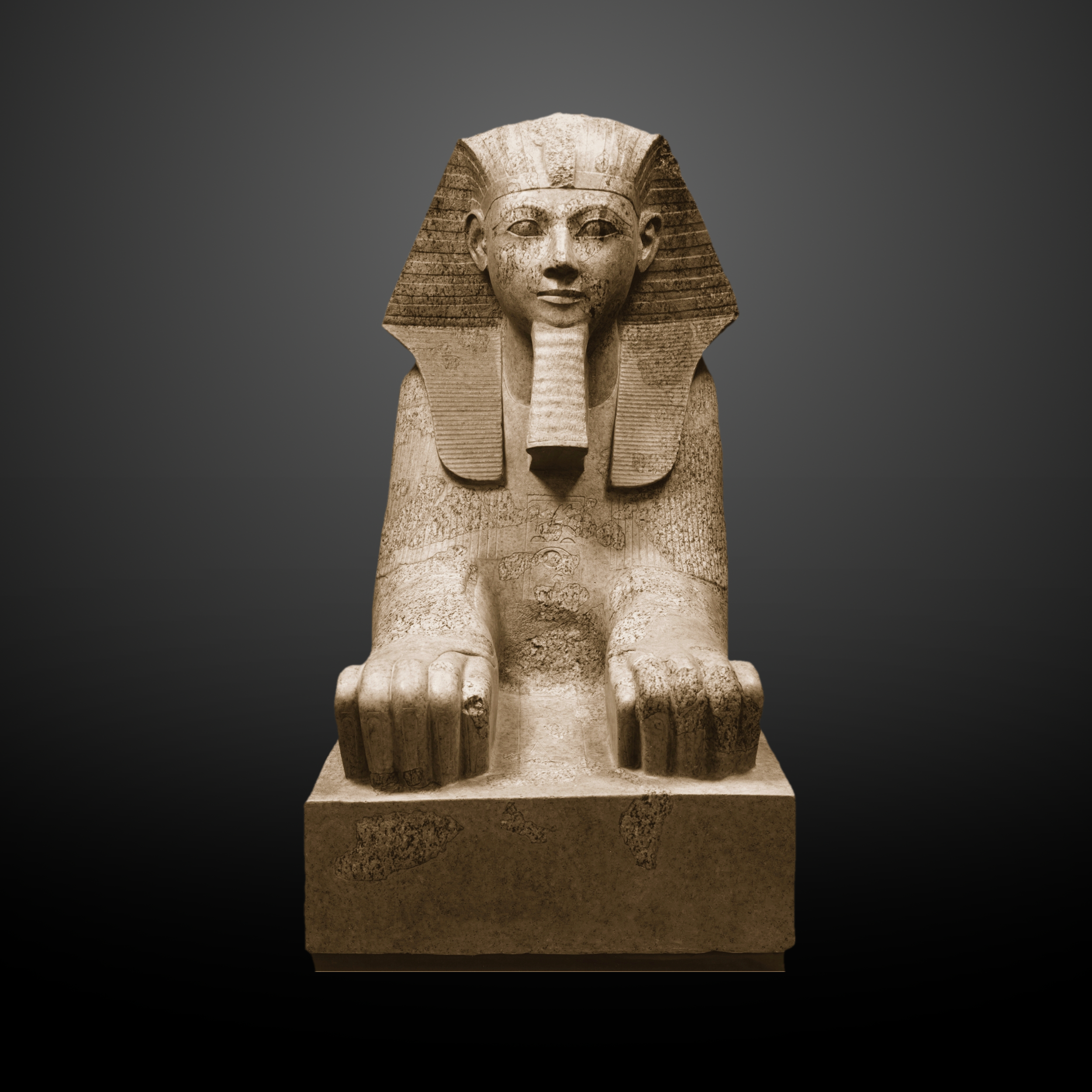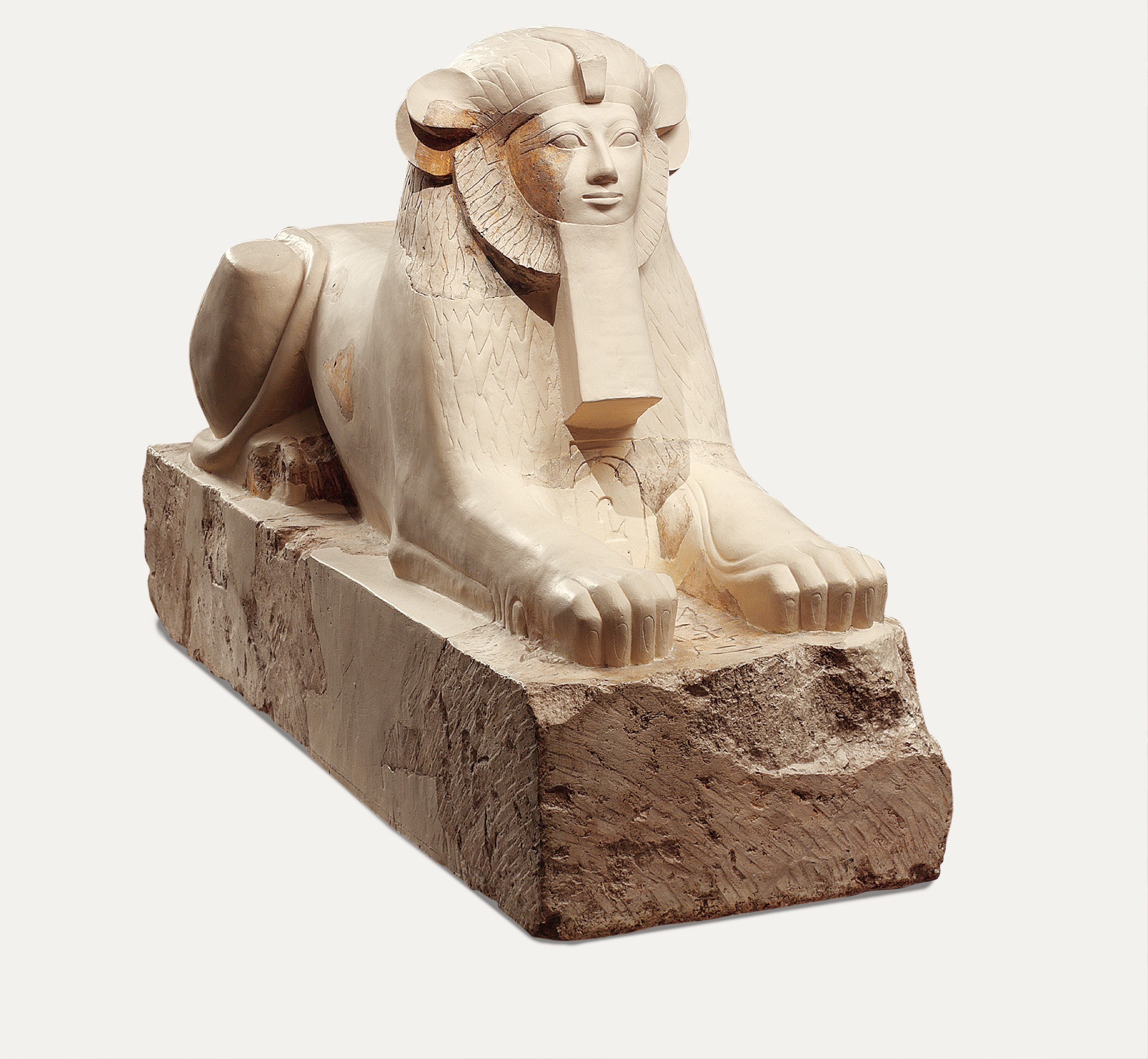In the 12th century BCE a thousand years after it was originally made the Elamite king Shutruk-Nahhunte attacked Babylon and according to his later inscription the stele was taken to Susa. This monument depicts the Akkadian victory over the Lullubi Mountain people.

Sphinx Of Hatshepsut Illustration World History Encyclopedia
Djeser-Djeseru is the main building of Hatshepsuts mortuary temple.

. The building is an example of perfect symmetry that predates the Parthenon. Khufu ˈ k uː f uː full name Khnum Khufu ˈ k n uː m ˈ k uː f uː known to the ancient Greeks as Χέοψ Khéops and the ancient Romans as Cheops. The Great Sphinx and the pyramids of Giza are among the most recognizable symbols of the civilization of ancient Egypt.
Amenemhat III the last great ruler of the Middle Kingdom. ḫwf-wj Ḫawyafwī pronounced χawˈjafwij was an ancient Egyptian monarch who was the second pharaoh of the Fourth Dynasty in the first half of the Old Kingdom period 26th century BC. Victory Stele of Naram-Sin 2254-2218 BCE pink limestone Akkadian Musée du Louvre Paris.
The original is now indoors for purposes of. Equestrian Sculpture of Marcus Aurelius bronze c. 173-76 CE Capitoline Museums Rome The original location of the sculpture is unknown though it had been housed in the Lateran Palace since the 8th century until it was placed in the center of the Piazza del Campidoglio by Michelangelo in 1538.

Sphinx Of Hatshepsut New Kingdom The Metropolitan Museum Of Art

Sphinx Of Hatshepsut New Kingdom The Metropolitan Museum Of Art

File Sphinx Of Hatshepsut Jpg Wikimedia Commons
Sphinx Of Hatshepsut New Kingdom The Metropolitan Museum Of Art

File Sphinx Of Hatshepsut Met 31 3 166 F Gradient Jpg Wikimedia Commons

Sphinx Of Hatshepsut New Kingdom The Metropolitan Museum Of Art

File Sphinx Of Hatshepsut Met 31 3 166 F White Jpg Wikimedia Commons

Sphinx Of Hatshepsut New Kingdom The Metropolitan Museum Of Art
0 komentar
Posting Komentar